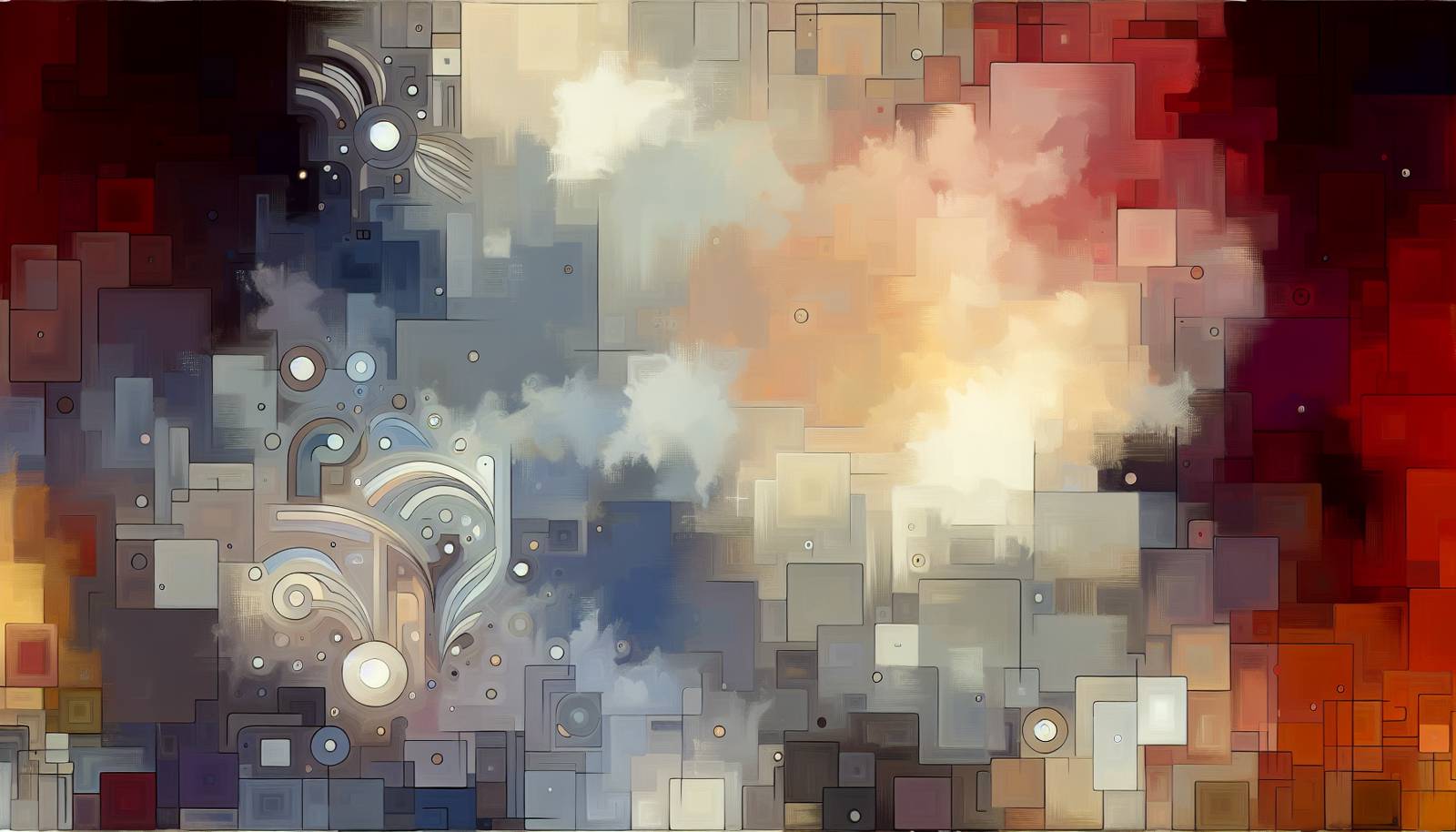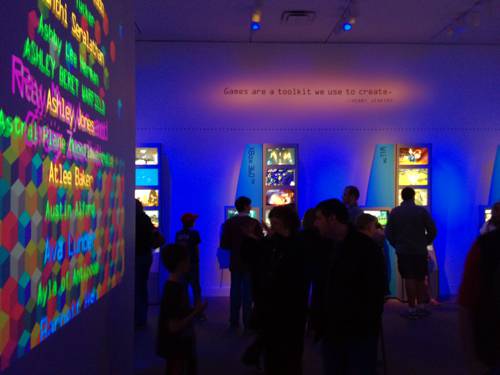
FAQ About The Influence of Art in Video Game Narratives

How does art style influence the narrative of a video game?
Art style in video games significantly impacts the narrative by setting the tone, mood, and atmosphere. Different art styles can evoke various emotional responses from players, enhancing their connection to the story. For example, a game with a dark, gritty art style may support a more serious or dramatic narrative, while a colorful, cartoonish style might suggest a lighter, more whimsical story.

What role does visual storytelling play in video games?
Visual storytelling allows video games to convey plot and character development without necessarily using words. Through environmental design, character expressions, and symbolic imagery, games can tell stories that engage players on a more intuitive level. This method is particularly effective in immersing players in the game world and making the narrative more impactful.

Can the art style of a game affect its genre classification?
Yes, art style can influence how a video game is categorized into genres. For instance, a game with a realistic art style may be more aligned with simulator or role-playing genres, whereas a more abstract or stylized art style might fit adventure or puzzle genres. This visual element can shape player expectations and experiences, contributing to the genre's definition.

Why is consistency in art style important for game narratives?
Consistency in art style helps maintain immersion and cohesiveness in a game's narrative. When the visual elements align well with the story, it fosters a seamless experience that allows players to become more deeply invested in the game's world and characters. Inconsistencies might distract or confuse players, disrupting their understanding and enjoyment of the narrative.

How do different genres utilize art to enhance storytelling?
Different genres leverage art to complement their storytelling in unique ways. For example, horror games often use dark visuals and subtle, eerie details to build suspense and fear. Adventure games might feature expansive, detailed environments to encourage exploration and discovery. Each genre uses art to highlight the thematic and emotional core of the story.

What is the impact of character design on video game narratives?
Character design is crucial in video game narratives as it influences player empathy and engagement. Well-designed characters with expressive features and distinctive styles can convey backstories, motives, and personality traits visually. This helps players quickly understand the roles and relationships within the story, making the narrative more compelling and relatable.

Can a game's art style lead to misconceptions about its narrative?
Yes, a game's art style can sometimes mislead player expectations regarding its narrative. For example, a game with a bright, cartoonish art style may appear to promise a light-hearted story, yet the actual narrative could be deep and serious. This contrast can be used deliberately for narrative impact or might cause initial player dissonance.

How have art styles in video games evolved to influence narratives?
Over the years, video game art styles have evolved with technology, allowing for more diverse and complex narratives. Early games relied on simplified graphics and sprites with limited narrative depth. Today, advances in graphic design afford detailed, immersive worlds that support intricate stories, offering players richer narrative experiences across various genres.

What are some examples of games where art significantly enhances the narrative?
Games like Journey, LIMBO, and BioShock are renowned for their use of art to enhance narrative. Journey employs minimalist design to evoke emotional storytelling, LIMBO's monochrome visuals create a haunting atmosphere, and BioShock's detailed Art Deco aesthetic reflects its themes of dystopian society and philosophy.

Why might developers choose unconventional art styles for their games?
Developers might opt for unconventional art styles to distinguish their games visually and narratively. Unique art styles can make a game stand out in a crowded market and help deliver a distinctive narrative experience. Such choices can also be used to convey specific themes or emotions more effectively than traditional styles might allow.

How can players' cultural backgrounds affect their perception of art in games?
Players' cultural backgrounds can greatly influence their perception and interpretation of art in video games. Different cultural aesthetics and the symbols they value can enhance or diminish the emotional and narrative impact of a game's art style. This cultural lens shapes how stories are understood and appreciated across diverse player bases.

Is there a relationship between art style and player engagement?
Art style plays a vital role in player engagement by attracting players to a game and maintaining their interest. A compelling visual design can evoke curiosity and an emotional connection, encouraging players to explore the narrative. Engaging art styles contribute to a memorable player experience that enhances the overall story.

What impact does environmental design have on video game narratives?
Environmental design in video games serves as a backdrop for storytelling, providing context and enhancing immersion. It can reveal aspects of the narrative through details such as architecture, color schemes, and lighting. Good environmental design guides players' exploration, helping them piece together the story without direct exposition.

How do indie games typically use art styles differently than AAA titles?
Indie games often employ bold and unique art styles to convey their narrative or thematic elements due to budget constraints, which can lead to more creative visual expressions. Contrarily, AAA titles tend to utilize cutting-edge graphics technology to create realistic and highly detailed environments, which support more mainstream or expansive narratives.

What are some challenges developers face with art in video game storytelling?
Developers face challenges in balancing artistic vision with technical limitations, ensuring that art complements rather than overshadows the narrative. Consistency in art style across large teams and maintaining player engagement through visuals without distracting from the story are significant hurdles. Moreover, cross-cultural interpretations can affect the intended narrative through art.

How do art styles contribute to world-building in games?
Art styles are fundamental to world-building in video games as they create the aesthetic framework within which narratives unfold. Styles dictate the game's atmosphere, influencing elements such as architecture, flora, and character appearance. This visual consistency helps establish a believable world that supports story immersion and narrative coherence.

Can a simplistic art style still deliver a profound game narrative?
Absolutely, a simplistic art style can deliver a profound narrative by focusing the player's attention on the story and emotional content rather than detailed visuals. Games like Undertale and Thomas Was Alone utilize minimalist visuals that highlight storytelling and emotional depth, proving that narrative impact is not solely dependent on complex art styles.

How does color choice in a game's art affect its storytelling?
Color choice is a powerful tool in game art that affects storytelling by conveying mood and emotion. Warm colors can evoke feelings of comfort or tension, while cool colors might imply calmness or sadness. Strategic color use can subtly guide player emotions and expectations, enhancing the narrative experience.

What is the significance of animation quality to video game narratives?
High-quality animation is crucial to video game narratives as it enhances realism and character expressiveness, making stories more immersive and believable. Fluid and detailed animations can convey subtle character emotions and story nuances that engage players more deeply with the narrative.

In what ways do video games combine art and music to enhance narratives?
Video games often synergize art and music to build potent emotional and thematic undercurrents in narratives. Art sets the visual tone, while music complements it by emphasizing emotions through soundtracks, creating a comprehensive sensory experience that reinforces the narrative flow and engagement.
